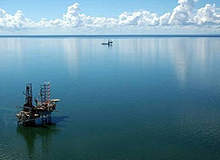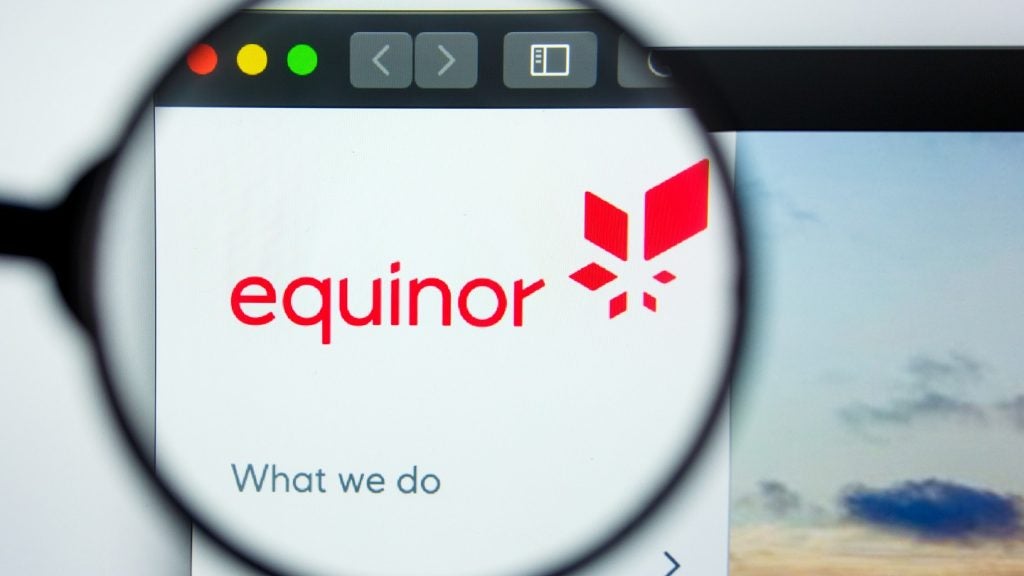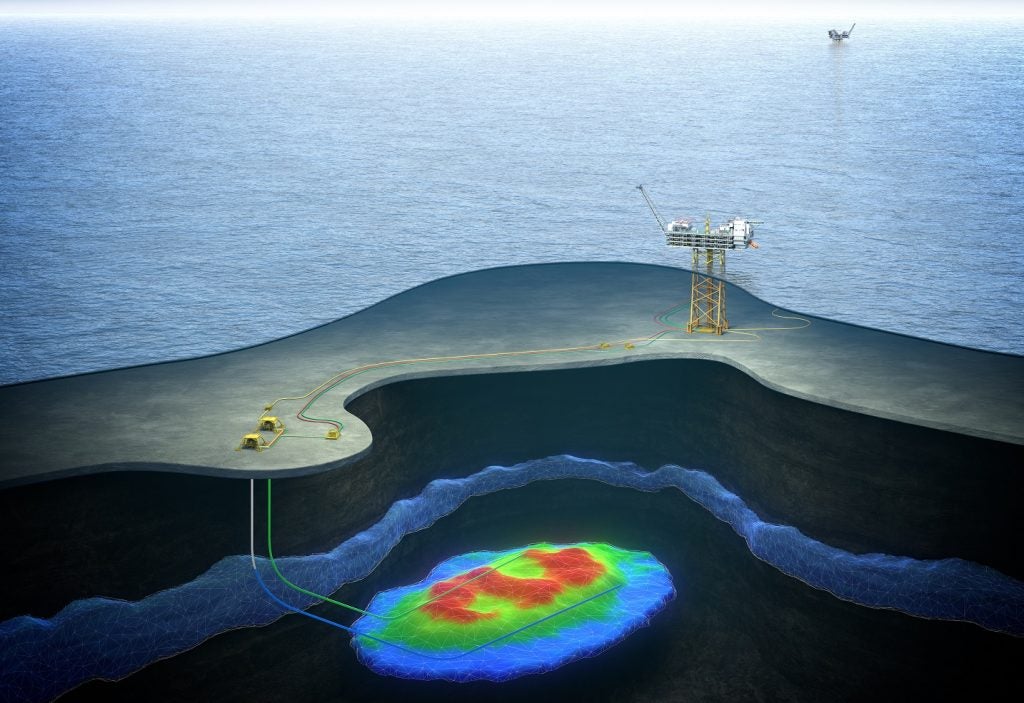
With so much essential information flowing back and forth on a large-scale offshore project, from platform and plant construction data to survey information and pipeline placement, it is easy to overlook how that information is collected and presented. But with many projects involving collaboration and cross-referencing between a host of contractors and sub-contractors along with owners, operators and regulatory agencies, having a firm grasp on effective information management can save money, prevent costly delays and improve safety and efficiency by minimising human errors.
Few projects come larger than the $5bn Tangguh LNG facility in Papua, Indonesia. Operational as of July 2009, construction on Tangguh began in 2005 to tap six gas fields in Bintuni Bay, requiring two offshore platforms, a subsea pipeline network and onshore LNG facilities to process the area’s proven reserves of 14.4 trillion cubic feet of clean gas.
Collaboration between many companies was required to accomplish Tangguh’s myriad tasks. Providing the link between operator and part-owner BP and all the contractors and sub-contractors led by Japan-based engineering company JGC Corporation was a software system called the ProjectWise Life Cycle Server, designed by infrastructure software company Bentley. We talk to Bentley’s global account manager Phill Nightingale about the challenges of co-ordinating information on such a huge project, and how intelligent software can save time and money.
Chris Lo: What software was used on the project?
Phill Nightingale: The software was a tool called ProjectWise Life Cycle Server. That tool basically sets up a framework for all the information that is needed on a plant, by category or item type. So for pumps, you’d need certain information – the manufacturer, the model number, the weight and so on. So it’s all the parameters that an owner-operator or a maintenance team would need in the operation of the plant. They’re defined in the class library, which basically sets up the structure of the information for all the tagged items. Having done that, it gives you the ability to import information from various sources and populate this central database, query, report and manage change.
CL: On a large-scale project, how can good software help manage incoming information from different sources?
PN: That’s a big question! First of all, by defining exactly what you want. That’s the first step, because a lot of information in hand-over specs is required in an electronic format, but it’s not explicit. We’ve seen it in the past where somebody just gives a whole scan of a datasheet, so somewhere on the datasheet is the information. It’s scanned and they’ve met the requirements to hand it over in an electronic format. The Life Cycle Server gives a structure to define exactly what is wanted. Who has the responsibility to put that in – is it the vendor or the EPC, because the EPC might be actually marshalling all that information and feeding it forward. So it provides an accountability for who is meant to deliver it, and also a status for it.
There is also a whole series of checks to make sure the information is correct. It can be rejected and the submitter will be told that it hasn’t got through and advise the reasons why. So we can do a number of things with it. We can also report on how complete the project is, in terms of key information for safety-critical items, by discipline, by area, or by supplier, giving greater control on the project information at a time when the information is still available, and any gaps filled.
How well do you really know your competitors?
Access the most comprehensive Company Profiles on the market, powered by GlobalData. Save hours of research. Gain competitive edge.

Thank you!
Your download email will arrive shortly
Not ready to buy yet? Download a free sample
We are confident about the unique quality of our Company Profiles. However, we want you to make the most beneficial decision for your business, so we offer a free sample that you can download by submitting the below form
By GlobalDataCL: So it’s about building some intelligence into a system?
PN: Yes. Typically information used to be handed over in the form of documents. Whereas an EPC might be interested in documents, when somebody is operating the plant, he’s not as bothered about the document. He wants to know the key data about an item. So he has a structured, item-based view of the world – a tag-based view – for operations and navigation.
CL: How important is presenting the information in a web-based format that can be viewed from anywhere?
PN: It is very important, and it’s one of the biggest savings. On a similar project in Alaska, they looked at their existing systems, which were fragmented, and it took hours and hours to find all the information. That’s been cut down to minutes. They’re saving a lot of money a year, just in terms of operational efficiencies. Information – key data, drawings and documents – is now available virtually instantaneously via a web interface, which allowed BP to meet its HSE and environmental requirements for good governance.
CL: Was there a learning curve for BP and the various contractors to get a handle on your software?
PN: Skill transfer was a particular challenge on the project. There was geography, culture, language and time zone to contend with. The Indonesian Government essentially said that the provision of the solution had to be through an Indonesian company; we partnered with Landmark to give us the required Indonesian presence so we were a more at arm’s length than normal.
All of this made it quite hard for us to transfer best practice to BP and the EPCs so we had to use our experience of establishing similar systems for BP in terms of the information that would be most useful to operations and make it as easy as possible for the operations people to use. Our involvement was very much centred around getting it set up with the BP project team, including the Landmark team who would help move it to the operational deployment.
CL: In developing the system, did you try to make it as intuitive as possible?
PN: Yes, and you’ve hit the nail on the head there. For the systems to have the ability to be picked up and used, they have to be almost training-free, completely intuitive. They have to give a lot of visuals in terms of reports. They have to look right, for example along the lines of traffic lights, so things are red if there’s a problem. A lot of attention was paid to building simple to use but informative web interfaces to what is quite a complex piece of software.
CL: Since the completion of the Tangguh project, what new applications have been added, or would you like to see added, that would make this software more useful for future offshore projects?
PN: There are two strings to the Bentley bow, which are now being added to the Life Cycle Server. One is the eB [enterprise Bridge] solution, which Bentley acquired from Enterprise Informatics last year. That is an advanced workflow engine, and it will integrate with other systems and let you build a lot more control and corrective action into the system, as well as being able to manage documents, data and people better. Documentum is currently the solution that’s used in this case; we could have a more comprehensive solution, not just managing the data but documents as well. So we could extend in that arena.
We also have a 3D interface to the 3D model data now. So we’ll basically be able to navigate not only by tags but also via spatial queries. That’s about to be released, so there’s a lot of good stuff coming.






